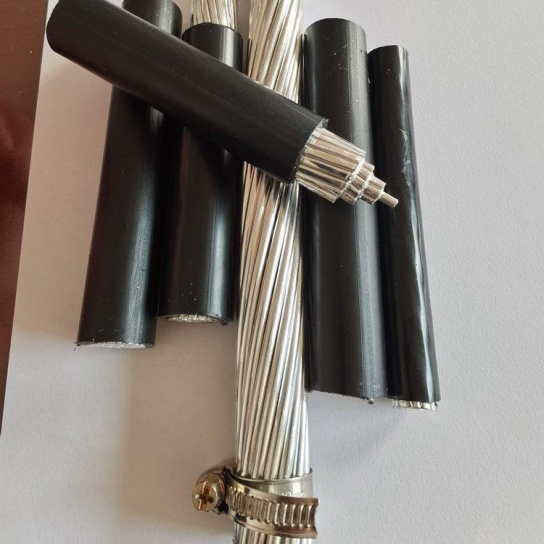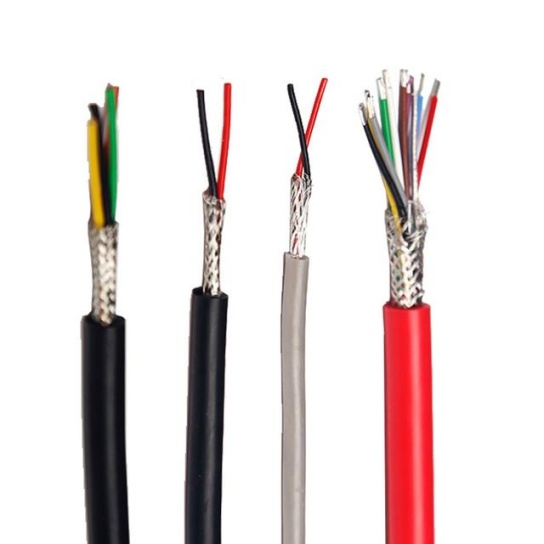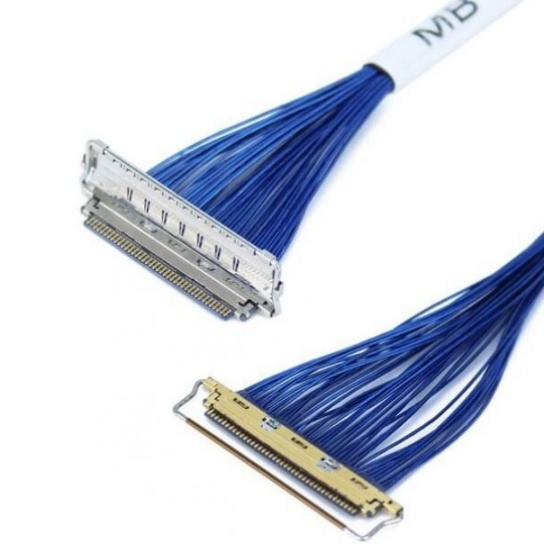Elevating Aviation: How 3D Printing Transforms Aircraft Cable Manufacturing
The relentless pursuit of safety, efficiency, and performance in aviation demands constant innovation. One technology revolutionizing the industry, particularly in the intricate world of aircraft cable systems, is 3D Printing (Additive Manufacturing – AM). Moving far beyond prototyping, 3D printing applications in aviation cable manufacturing are unlocking unprecedented levels of customization, speed, and weight reduction, fundamentally changing how complex cable networks are designed, installed, and maintained.
Why 3D Printing is Ideal for Aviation Cable Challenges:
- Extreme Complexity: Modern aircraft contain miles of wiring, routed through densely packed fuselage sections. Precision and space optimization are critical.
- Lightweighting: Every gram saved translates to significant fuel savings and reduced emissions over an aircraft’s lifespan.
- Rigorous Standards: Aerospace components must meet stringent safety, durability, and environmental regulations (FAR, DO-160, etc.).
- Low-Volume, High-Mix Production: Aircraft variants and customization require efficient production of small batches of specific parts.
Key Applications Revolutionizing Aviation Cable Manufacturing:
- Complex Cable Management Fixtures and Brackets:
- Custom Conduits & Sleeves: Design and print lightweight cable conduits with complex internal geometries, integrated mounting points, and even internal channels for lacing or ties – impossible with traditional extrusion. This reduces friction points and wear.
- Precision Routing Brackets & Clamps: Create bespoke aviation cable brackets and clamps perfectly contoured to airframe structures and cable bundles. This ensures secure routing, prevents chafing, and eliminates the need for generic clamps requiring manual shimming or adjustment. 3D printed clamps can incorporate vibration damping features.
- Harness Board Fixtures: Rapidly design and print custom fixtures and tooling for cable harness assembly boards, accelerating harness manufacturing and ensuring accuracy for complex builds. Changes to board layouts can be implemented in hours, not weeks.
- Prototyping & Form/Fit/Function Validation:
- Functional Prototypes: Quickly iterate designs for aviation cable connectors, brackets, and protective components. Test fit, accessibility, and routing paths within actual airframe mock-ups before committing to expensive tooling or final materials. Rapid prototyping for aircraft components drastically shortens development cycles.
- Low-Volume Production & On-Demand Manufacturing:
- End-Use Parts: Utilize qualified, aerospace-approved AM materials (like PEEK, PEKK, ULTEM™) to produce flight-ready cable guides, strain relief components, grommets, connector backshells, and custom sensor housings integrated into cable assemblies.
- Custom Connectors & Adapters: Manufacture small batches of specialized electrical connectors or adapters for unique interfaces or legacy systems, circumventing long lead times from traditional suppliers.
- Lightweighting & Part Consolidation:
- Topology Optimization: Design brackets and fixtures only where material is structurally needed, reducing weight by 30-60% compared to machined or cast metal counterparts. Every gram saved contributes to overall aircraft efficiency.
- Part Reduction: Integrate multiple cable management components (e.g., bracket, clamp, and conduit interface) into a single, complex 3D printed aviation part, simplifying installation and reducing potential failure points.
- Tooling & Assembly Aids:
- Custom Installation Tools: Print ergonomic tools designed for specific cable routing tasks in tight spaces, improving installer efficiency and reducing risk of damage.
- Template & Measuring Guides: Create precise assembly guides for accurate hole drilling, marking cable lengths, or positioning components during installation. Additive manufacturing tooling boosts shop floor productivity and accuracy.
Tangible Benefits Driving Adoption:
- Reduced Aircraft Weight: Significant weight savings through optimized designs and lightweight materials (high-performance polymers vs. metal). This translates directly into fuel savings for airlines.
- Accelerated Development & Production: Faster prototyping and tool-less manufacturing for low-volume parts drastically cut lead times for aircraft wiring harnesses and custom components.
- Enhanced Design Freedom: Unlock geometries previously impossible to manufacture, enabling more efficient routing, improved ergonomics, and better integration with complex structures. Optimized cable routing minimizes maintenance issues.
- Lower Production Costs (Specific Scenarios): Eliminate tooling costs for custom, low-volume parts. Reduce material waste compared to subtractive methods. Streamline assembly processes, lowering labor costs.
- Increased Customization & Supply Chain Resilience: Easily adapt designs for specific aircraft modifications or variants. Enable on-demand manufacturing of critical spare parts, reducing inventory costs and mitigating supply chain disruption risks. Facilitates obsolete part replacement for older aircraft.
- Improved Ergonomics & Safety: Create lighter, ergonomically designed tools and fixtures, reducing installer fatigue and improving workplace safety during aircraft cable installation.
Overcoming Challenges & Ensuring Safety:
Successfully integrating 3D printing in aerospace cable applications requires addressing specific hurdles:
- Material Qualification: Rigorous testing and certification of AM materials and processes against aviation standards (flammability, smoke toxicity, mechanical properties, environmental resistance – DO-160 specs) is paramount.
- Process Validation & Repeatability: Ensuring every printed part meets identical quality and performance standards is critical for flight safety.
- Design Expertise: Engineers must be proficient in Design for Additive Manufacturing (DfAM) principles to maximize benefits like topology optimization and part consolidation for cable harness assemblies.
- Post-Processing & Inspection: Developing reliable processes for support removal, surface finishing, and non-destructive inspection (NDI) to guarantee part integrity. Adherence to aerospace quality standards for AM is non-negotiable.
The Future Skyward:
The trajectory for 3D printing applications in aviation cable manufacturing is steeply upward. Key future trends include:
- Expanded Material Choices: Development of more flame-retardant, higher-temperature, and electrically functional materials tailored for aerospace cable management.
- Multi-Material Printing: Printing parts that combine rigid structures with flexible overmolding for integrated strain relief or gasket features.
- Embedded Functionality: Integration of sensors or traceability features directly into printed cable management components.
- Increased Automation: Linking digital thread for aviation cables with robotic installation guided by printed fixtures.
- Broader Certification: Wider acceptance and standardization of AM processes for certified flight hardware across regulatory bodies.
Conclusion:
3D printing is no longer just a novelty in aerospace; it’s a powerful, disruptive force transforming aviation cable manufacturing. From creating lighter, more efficient cable guides to enabling rapid prototyping and on-demand production of complex fixtures and even flight-ready parts, AM offers solutions directly aligned with the industry’s core imperatives: safety, performance, weight reduction, and efficiency. As materials, processes, and certification pathways mature, the integration of additive manufacturing in aircraft wiring will become increasingly pervasive, ensuring that the complex vascular systems of future aircraft are smarter, lighter, and more reliable than ever before. Embracing this technology is key to staying competitive and pushing the boundaries of flight.






